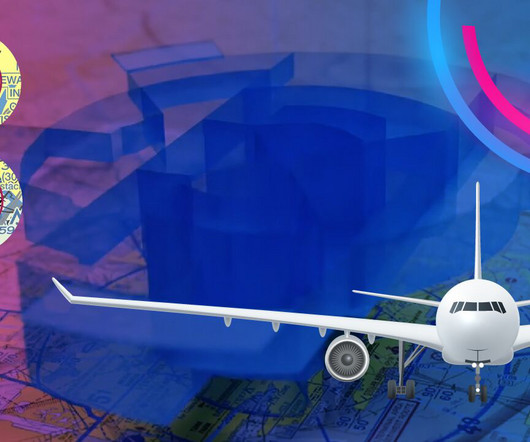Class B Airspace Explained
Pilot Institute
APRIL 24, 2024
This central core extends up to around 10,000 feet MSL, the airspace’s ceiling. However, the ceiling for each shelf is the same as the core. Although Class B airspace has a typical ceiling of 10,000 feet MSL, exceptions exist. New York’s Class B airspace has a 7,000-foot ceiling, allowing more room for overflying aircraft.











Let's personalize your content